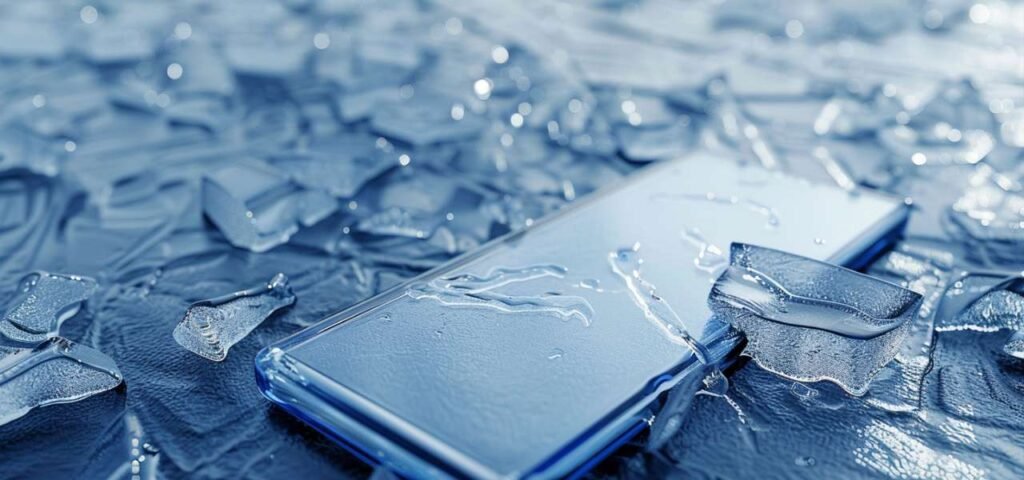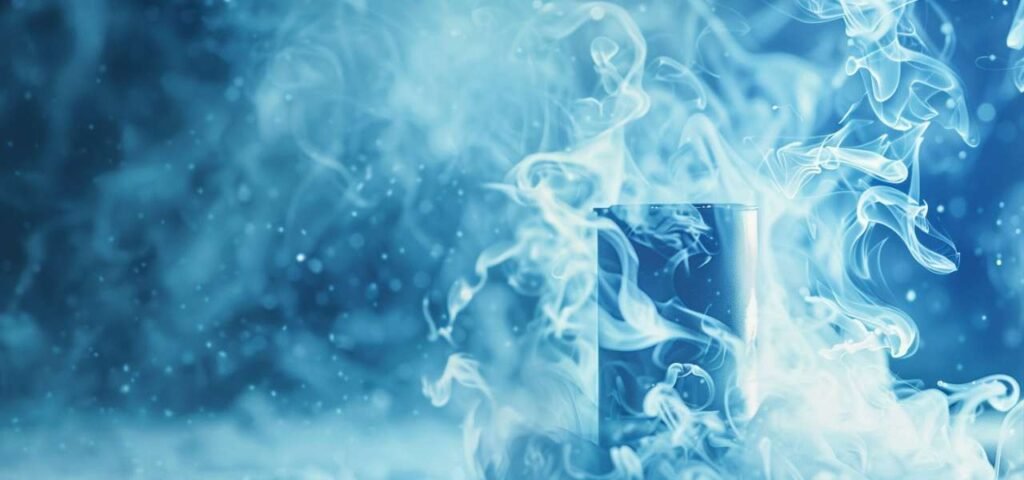1.What is a low-temperature lithium battery?
Low-temperature lithium batteries are widely used due to their lightweight, high energy density, and long lifespan. They are made using special materials and processes, suitable for use in cold environments below freezing.

2.Basic definition of low-temperature lithium batteries
Low-temperature lithium batteries use VGCF and activated carbon with a specific surface area of (2000±500) m²/g as additives, along with matched positive and negative electrode materials. They are filled with a special electrolyte containing specific additives to ensure the low-temperature discharge function of lithium batteries. Meanwhile, when stored at a high temperature of 70°C for 24 hours, the volume change rate is ≤0.5%, exhibiting the safety and storage functions of conventional lithium batteries.
3.Types of low-temperature lithium batteries
They are classified into three series based on their usage environment: civilian low-temperature batteries, special low-temperature batteries, and extreme environment low-temperature batteries:
A. Civilian low-temperature lithium batteries: At -20°C, the battery’s 0.2C discharge accounts for over 90% of the rated capacity; at -30°C, the battery’s 0.2C discharge accounts for over 85% of the rated capacity.
B. Special low-temperature lithium batteries: At -40°C, the battery’s 0.2C discharge accounts for over 80% of the rated capacity.
C. Extreme environment low-temperature lithium batteries: At -50°C, the battery’s 0.2C discharge accounts for over 50% of the rated capacity.

4.Main applications of low-temperature lithium batteries
They are used in equipping military forces, aviation, aerospace, deep-sea diving equipment power supplies, polar exploration, expedition equipment power supply, cold zone emergency response, disaster relief power supply, heating clothing, cold-resistant shoe power lights.

